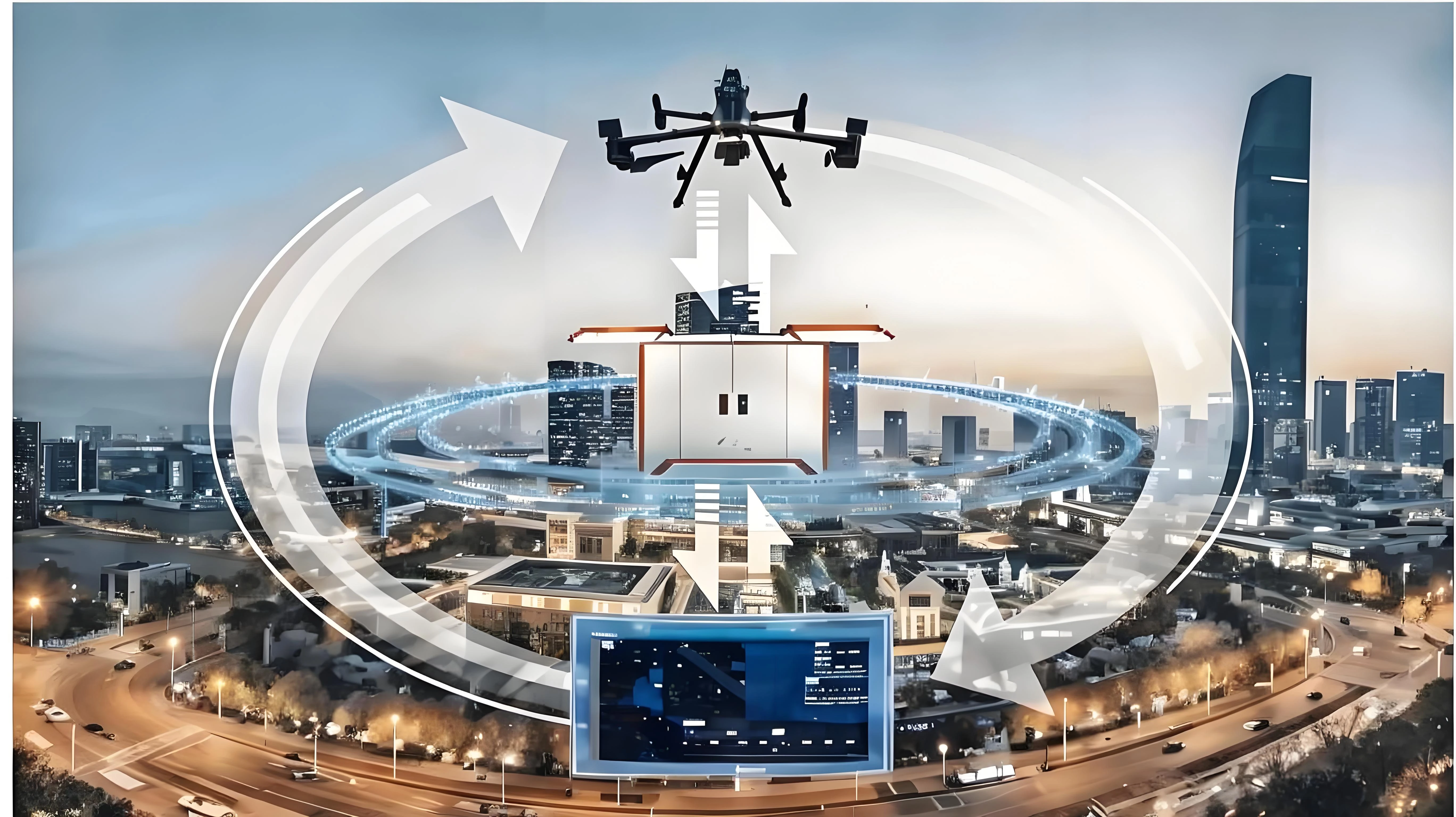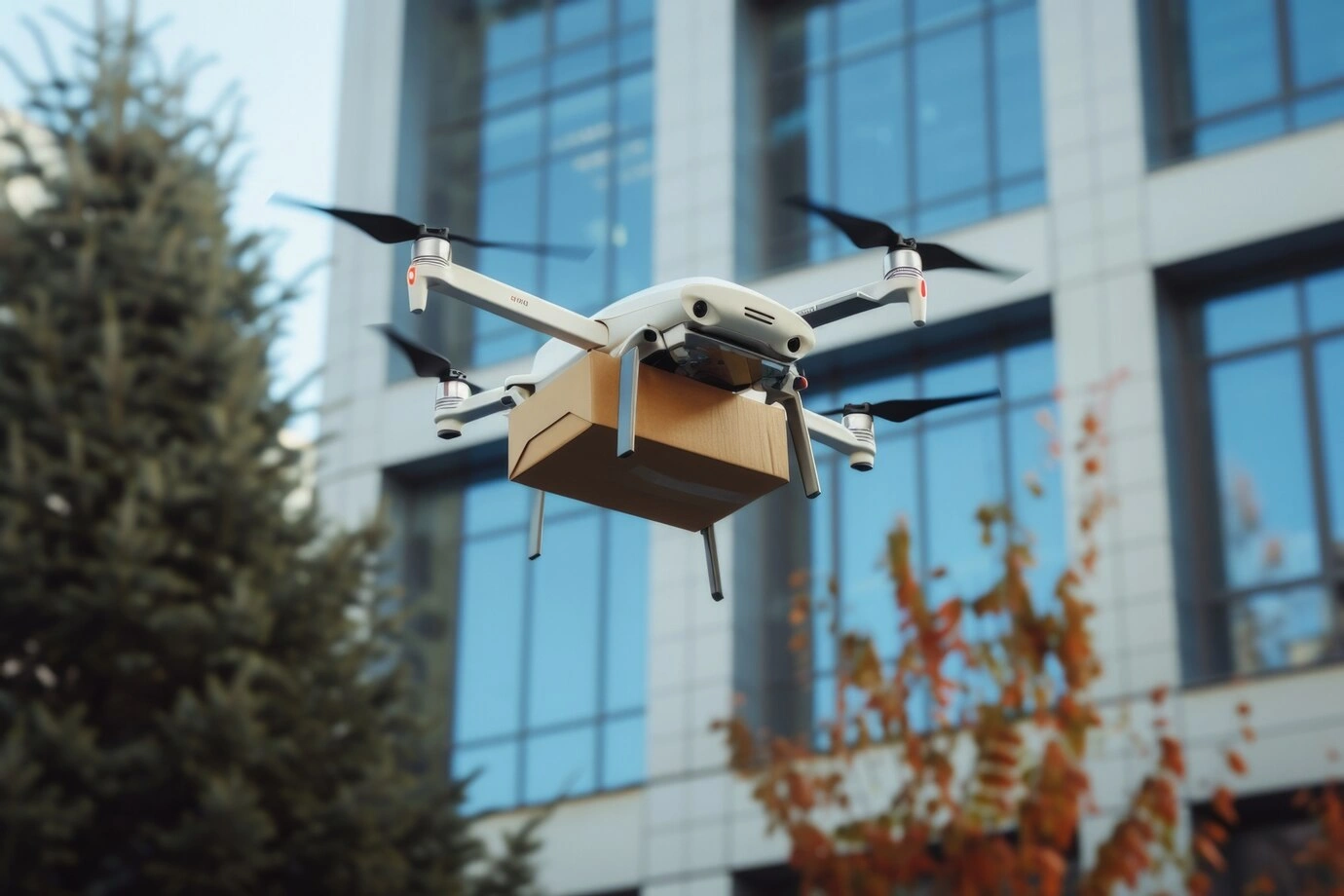Introduction
In the rapidly evolving landscape of technology, artificial intelligence (AI) continues to break new ground across various industries. One area where its impact is particularly transformative is in product design. From ideation to prototyping to user testing, AI is revolutionizing the way products are conceptualized, created, and brought to market. This blog post delves into how AI is reshaping product design, its benefits, key applications, and what the future holds for this exciting intersection of creativity and technology.
The Role of AI in Product Design
Enhancing Creativity with AI-Driven Ideation
Traditionally, the ideation phase of product design relies heavily on the creative prowess of designers. However, AI tools are now assisting designers by generating a plethora of ideas based on market trends, user preferences, and historical data. For instance, generative design algorithms can create thousands of design options by setting specific parameters and constraints. This not only accelerates the brainstorming process but also opens up new avenues for innovation that may not have been considered otherwise.
Streamlining Prototyping and Testing
AI is also making significant strides in the prototyping and testing stages of product design. Machine learning algorithms can simulate and predict how a product will perform under various conditions, allowing designers to refine their prototypes before physical models are even created. This reduces the time and cost associated with traditional prototyping methods. Additionally, AI-driven user testing tools can analyze user interactions and provide insights into usability and functionality, ensuring that the final product meets user expectations.
Key Benefits of AI in Product Design
Increased Efficiency and Speed
One of the most notable advantages of incorporating AI into product design is the increase in efficiency and speed. AI can automate repetitive tasks, such as drafting initial concepts or conducting preliminary tests, freeing designers to focus on more complex and creative aspects of the project. This leads to faster turnaround times and a more streamlined design process.
Enhanced Personalization
AI enables a higher degree of personalization in product design by analyzing user data to understand individual preferences and behaviors. This allows designers to create products that cater specifically to the needs and desires of their target audience. For example, AI can help personalize user interfaces in digital products or suggest custom modifications in physical products, enhancing user satisfaction and engagement.
Data-Driven Decision Making
AI’s ability to analyze vast amounts of data and generate actionable insights is invaluable in product design. By leveraging data analytics, designers can make informed decisions backed by empirical evidence rather than relying solely on intuition. This data-driven approach leads to better-designed products that are more likely to succeed in the market.
Applications of AI in Product Design
Generative Design
Generative design is one of the most promising applications of AI in product design. It involves using algorithms to generate multiple design alternatives based on defined parameters. Designers can then select and refine the best options. Companies like Autodesk are pioneering in this field, offering AI-driven generative design tools that have been used to create everything from ergonomic chairs to optimized automotive components.
Predictive Analytics
Predictive analytics involves using AI to forecast future trends and behaviors based on historical data. In product design, this can help anticipate market demand, identify potential design flaws, and optimize product features. For instance, AI can predict which design elements are likely to resonate with users, allowing designers to focus on the most promising ideas.
Natural Language Processing (NLP)
NLP is another powerful AI tool that is transforming product design. It enables designers to analyze and understand user feedback and reviews more effectively. By processing large volumes of text data, NLP algorithms can identify common themes, sentiments, and areas for improvement, providing valuable insights that inform the design process.
The Future of AI in Product Design
Human-AI Collaboration
As AI continues to evolve, the future of product design will likely see a shift towards more collaborative efforts between humans and machines. While AI can handle data-driven tasks and generate initial concepts, human designers will provide the creative intuition and emotional intelligence that machines lack. This synergy will result in more innovative and user-centric products.
Ethical Considerations
As with any technological advancement, the integration of AI in product design raises ethical considerations. Issues such as data privacy, intellectual property, and algorithmic bias must be addressed to ensure that AI is used responsibly and ethically. Designers and developers must work together to create transparent and fair AI systems that benefit everyone.
Continued Advancements in AI Technology
The field of AI is continuously advancing, and new breakthroughs will further enhance its capabilities in product design. From improved machine learning algorithms to more sophisticated generative design tools, the possibilities are endless. As AI technology becomes more accessible, we can expect to see its adoption across a wider range of industries and applications.
Conclusion
AI is undeniably transforming the landscape of product design, offering unprecedented opportunities for creativity, efficiency, and personalization. By leveraging AI tools and techniques, designers can create innovative products that cater to the evolving needs and preferences of users. As we move forward, the collaboration between human creativity and artificial intelligence will pave the way for a new era of product design, marked by endless possibilities and exciting innovations.
Are you ready to harness the power of AI in your product design process? Sign up for Jasper for free and explore how our advanced AI tools can take your designs to the next level. Let’s revolutionize the way we create together!




